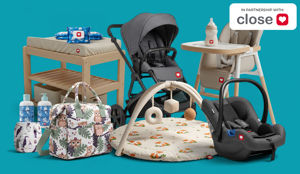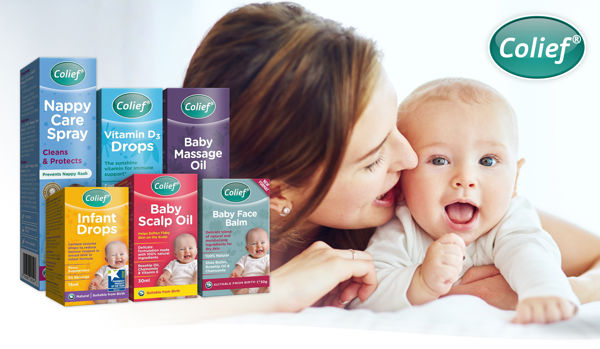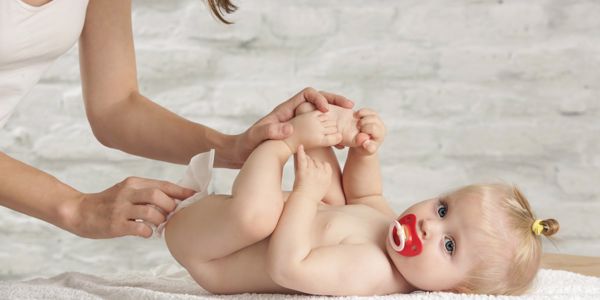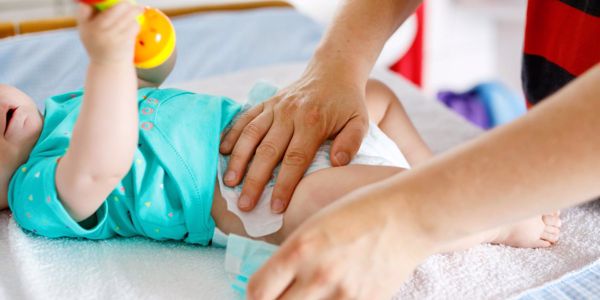Whether you like it or not, the early years of looking after your newborn are going to involve a lot of dirty nappies, with some studies showing parents had to change nappies over 2,700 times in the first eighteen months of parenthood. Nappy changing can, for many, be an extremely stressful part of parenthood, so to help out a bit here are some pointers to guide you and your nappy changing routines.
Preparation
Making sure you have everything ready and nearby when nappy changing is crucial. Make sure you have a full changing kit available and close to hand in all of your most-used rooms, this kit should be prepared for any nappy changing disaster if you ensure it is filled with:
- Nappies (Obviously!)
- Wipes
- Creams (Of both the simple and heavy-duty kind ready for unwanted rashes)
- Dummies
- Hand sanitiser
- A changing mat (or old towel)
- Envelope fold/easy-on clothing
- Extra towel or a flannel (for unexpected sprinkler wees!)
- Spray bottle of water
Changing the Nappy
Now, onto the nappy change itself. If you are unsure as to whether or not your baby needs changing, there are a number of telltale signs that will show you that your little one needs its nappy changing. Some of these signs could be:
- A change in colour of the nappy (thanks to a liquid sensitive strip)
- The nappy being wet to the touch
- Facial expressions and noises from your baby suggesting discomfort
- The smell!
If you think your baby needs a change, but they are asleep, you don’t necessarily need to wake them up unless their nappy is extremely wet and could cause discomfort, or their nappy is poopy.
For the nappy changing itself, let’s break it down into some simple steps you can follow for a quick and easy nappy changing experience with only minimal stress and unwanted piss showers.
1. Put your baby onto a clean safe surface - This could be a changing table, a chest of drawers (covered by a changing mat) or even your bed. If you are using any surface other than a changing table, ensure it is covered with something that can protect it from the inevitable mess.
2. Open the nappy and clean the baby - The messy bit! This part of the nappy changing process will vary depending on the contents of the nappy, if your baby’s nappy is just wet then simply fold the nappy underneath your baby, allowing the clean (and more importantly dry!) outside of the nappy to be under their bottom, before wiping clean the surrounding area.
If the nappy is poopy, the process is slightly different. To start, wipe as much of the mess as possible up with the nappy itself, before folding the nappy up in the same way as you would with a wet nappy. Once you have done this, lift your baby’s legs and begin to clean the baby (including their front) using warm water or wipes, ensuring that the clean is thorough and goes into all creases.
Top Tip: If your baby is a girl, wipe them clean from front to back to avoid getting poo in the vaginal area
Now that your baby is clean, slide the dirty nappy away from them and replace it with a clean one before releasing the baby’s legs so they are on the nappy.
3. Pat baby dry - Before finishing the nappy changing, make sure the baby is patted fully dry so that you can easily apply any nappy rash creams and put on the nappy without causing unnecessary discomfort for your little one.
4. Dispose of the dirty nappy - Depending on the type of nappy you choose to use for your baby, what you do after the nappy changing will vary. If using disposable nappies, wrap the nappy into a ball-like shape, and use the tab fasteners to tie the nappy up securely. Once you have done this, you can throw it away in your nappy bin (or a normal one if you want to) however never dispose of these nappies by flushing them down the toilet.
If using reusable or cloth nappies, put the nappies into a tight sealed bucket or container (to avoid the smell!) or a vinyl bag can be an effective solution if out and about, where they can stay safe until it is time to do the laundry.
5. Do any other needed changes - An unfortunate side effect of nappy changing can be a constant need to change your little one’s clothes, as well as any sheets, towels or otherwise that you have used during the changing process thanks to the likely spread of what you were cleaning up, this is completely normal, even if it is slightly frustrating, so make sure to check your little one’s clothes as well as the surrounding area for mess before getting on with your day.
6. Wash your hands - Nappy changing is a messy thing, so to make sure you keep yourself healthy, wash your hands thoroughly once you’ve finished the change to ensure you don’t take in any unwanted germs.
And that’s it! Nappy changing doesn’t seem as stressful now, right?
Managing the Unexpected
Even the most experienced of parents can at some times be caught out during nappy changing, whether it is a wee fountain or a poo explosion, your baby is an expert at finding messy ways to keep you on your toes. That’s why while nappy changing, you should try and be prepared for every scenario that comes your way.
When looking for clothing for your baby, a great thing to look out for is clothes with ‘envelope folds’, this design allows for a quick (and more importantly less messy!) clothes removal if your baby decides to do a slightly more explosive poo than usual, as extra material used in the design allows you to pull the clothes down and off your baby rather than over their head spreading the mess even further.
Sprinkler wees are a more common occurrence than you might think during nappy changing and can be done by either boys or girls (contrary to popular belief), meaning this is a mess you are more than likely to experience more than once, as a result, make sure to always have an old towel or cloth on hand to cover up your little one if they start sprinkler weeing across your house to avoid extra unwanted clear up after the nappy change.
One day, you may find that your baby is crawling about the house without the nappy you swore you put on them maybe only a few minutes earlier, this is because babies can (and will) learn to take off their own nappy, which could lead to an absolute cleaning nightmare. To counter this, something to try with your baby as they develop is to put the nappy on back-to-front, as this will make it much more difficult for them to reach the tabs holding the nappy together and therefore meaning there is less chance of you stepping in any unexpected puddles.








